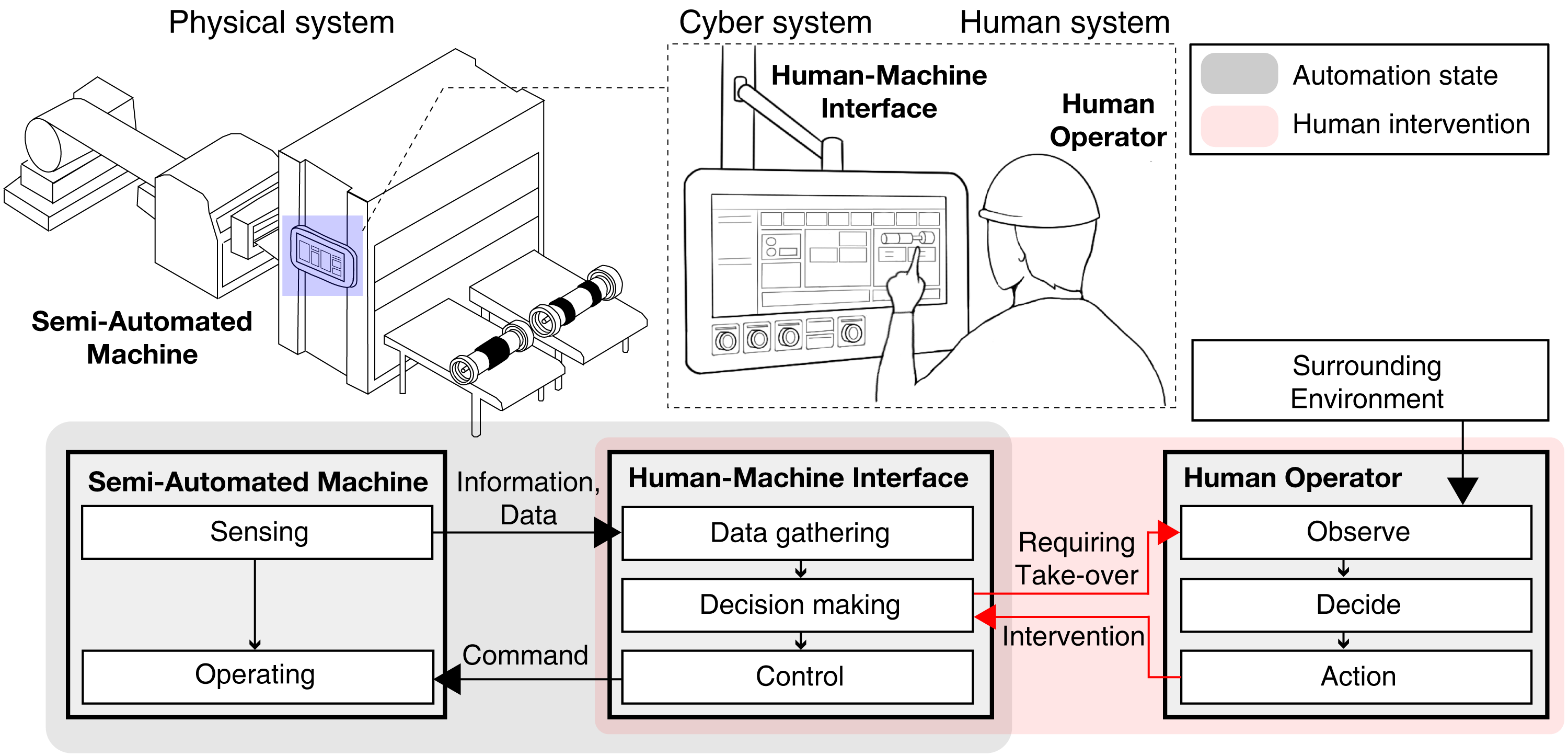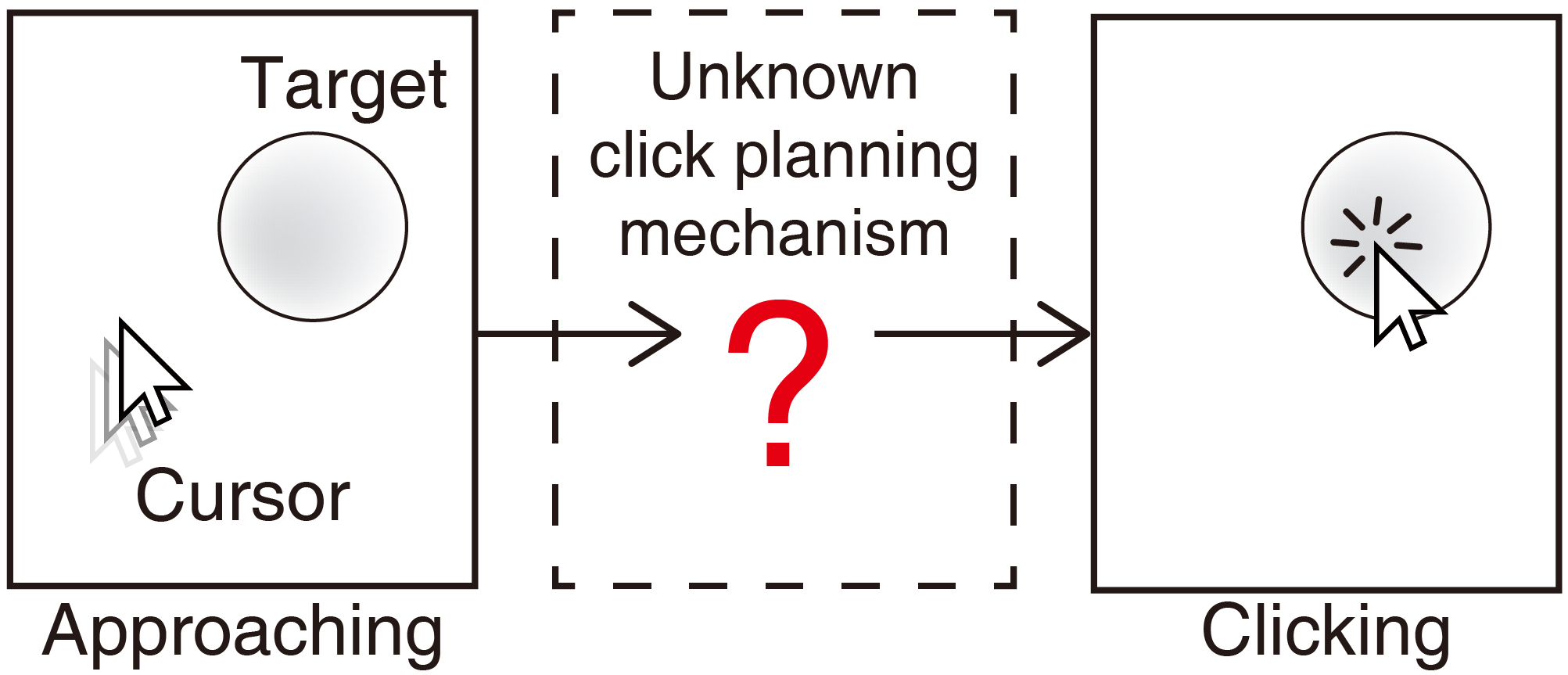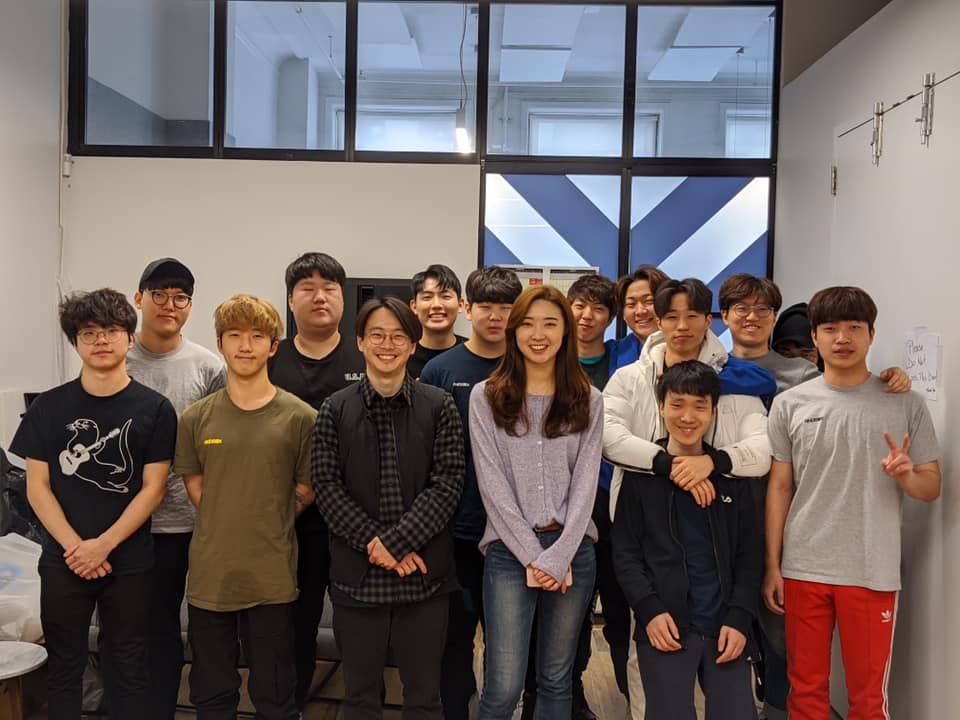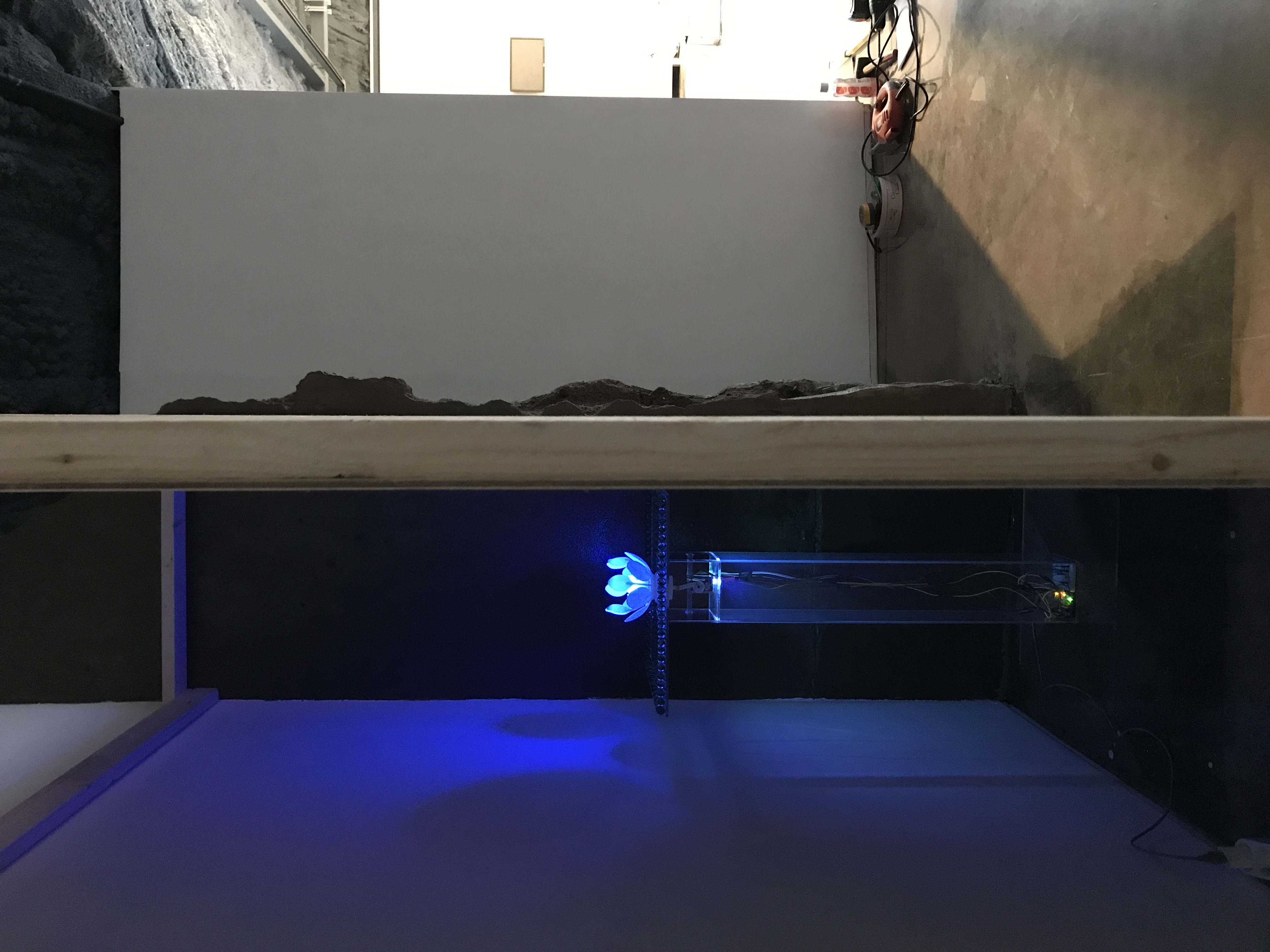Research Topics
Hide-and-seek: Detecting Workers’ Emotional Workload in Emotional Labor Contexts Using Multimodal Sensing

Emotional labor refers to the process in which workers are required to express emotions regardless of their actual feelings by the organization. In workplaces where such display rules exist, workers experience an emotional workload. Continued exposure to emotional workload can lead to severe mental and psychological issues. Nevertheless, research on assessing emotional workload remains understudied. In this study, we propose a machine learning model to automatically evaluate workers’ emotional workload in emotional labor situations through multimodal sensing. The data collection study was designed based on a call center scenario. Within the study, we manipulated customer behaviors as confederates and assessed the worker’s emotional workload. As a result, this study provides a benchmark using well-known features and standard machine learning methods. We achieved an accuracy of up to 87% for binary and three-class classification cases. Finally, we discuss the significance of assessing emotional workload and considerations for its practical application in the workplace.
Charlie and the Semi-Automated Factory: Data-Driven Operator Behavior and Performance Modeling for Human-Machine Collaborative Systems

A semi-automated system that entails human intervention in the middle of the process is a representative collaborative system. User behavior greatly impacts system operation and performance. There has been room for utilizing machine-generated data for a fine-grained understanding of the relationship between the behavior and performance of operators in the industrial domain. In this study, we propose a large-scale data analysis methodology that comprises data contextualization and performance modeling to describe the relationship between operator behavior and performance. For a case study, we collected machine-generated data over six months from a highly automated machine in a tire manufacturing facility. We propose a set of metrics consisting of six human-machine interaction factors and five work environment factors as independent variables, and three performance factors as dependent variables. Our modeling results reveal that the performance variations can be explained by the interaction and work environment factors (R^2 = 0.502, 0.356, and 0.500).
Secrets of Gosu: Understanding Physical Combat Skills of Professional Players in First-Person Shooters


In first-person shooters (FPS), professional players (a.k.a., Gosu) outperform amateur players. The secrets behind the performance of professional FPS players have been debated in online communities with many conjectures; however, attempts of scientific verification have been limited. We addressed this conundrum through a data-collection study of the gameplay of eight professional and eight amateur players in the commercial FPS Counter-Strike: Global Offensive. The collected data cover behavioral data from six sensors (motion capture, eye tracker, mouse, keyboard, electromyography armband, and pulse sensor) and in-game data (player data and event logs). We examined conjectures in four categories: aiming, character movement, physicality, and device and settings. Only 6 out of 13 conjectures were supported with statistically sufficient evidence.
An Intermittent Click Planning model

Pointing is the task of tracking a target with a pointer and confirming the target selection through a click action when the pointer is positioned within the target. Little is known about the mechanism by which users plan and execute the click action in the middle of the target tracking process. The Intermittent Click Planning model proposed in this study describes the process by which users plan and execute optimal click actions, from which the model predicts the pointing error rates. In two studies in which users pointed to a stationary target and a moving target, the model proved to accurately predict the pointing error rates (R2 = 0.992 and 0.985, respectively). The model has also successfully identified differences in cognitive characteristics among first-person shooter game players.
NYXL-IML Collaboration Project: Measuring NYXL Player’s Physical and Cognitive Performance

Esports is sports; this is the foundational idea that initiated our current research project. The economic values and market size of Esports have been skyrocketing each year. With such an influx of attention, Esports eco-systems, such as league operations and player management, are resembling more like other traditional sports in many aspects. However, unlike other conventional sports, Esports still lack scientific approaches, especially in player training and drafting. Researchers from diverse scientific fields, from physiology, biomechanics, kinesiology to sports medicine, have been supporting the advancement of the performances of traditional sports athletes. We believe that similar cooperation is evident in Esports as well. Since it involves dynamic interaction between players and computers, different scientific approaches are necessary, such as Human-Computer Interaction.
According to many FPS game players, to defeat opponents in the game requires two essential abilities: mechanics and strategy. Of those, we have focused on the individual player’s personal physical and cognitive ability, which define the mechanics. To compare the performance individually, we tried to quantify and measure the abilities based on the mathematical models. So far, we have completed numerous research on measuring cognitive abilities; the papers ‘Temporal Pointing’, ‘Moving Target Selection’, and ‘ICP Model’ have been verified and submitted to the ACM CHI conference, a top-tier conference on the Human-Computer Interaction field.
Calculating Aesthetics (Media Art Exibition) - ‘Water lily’
